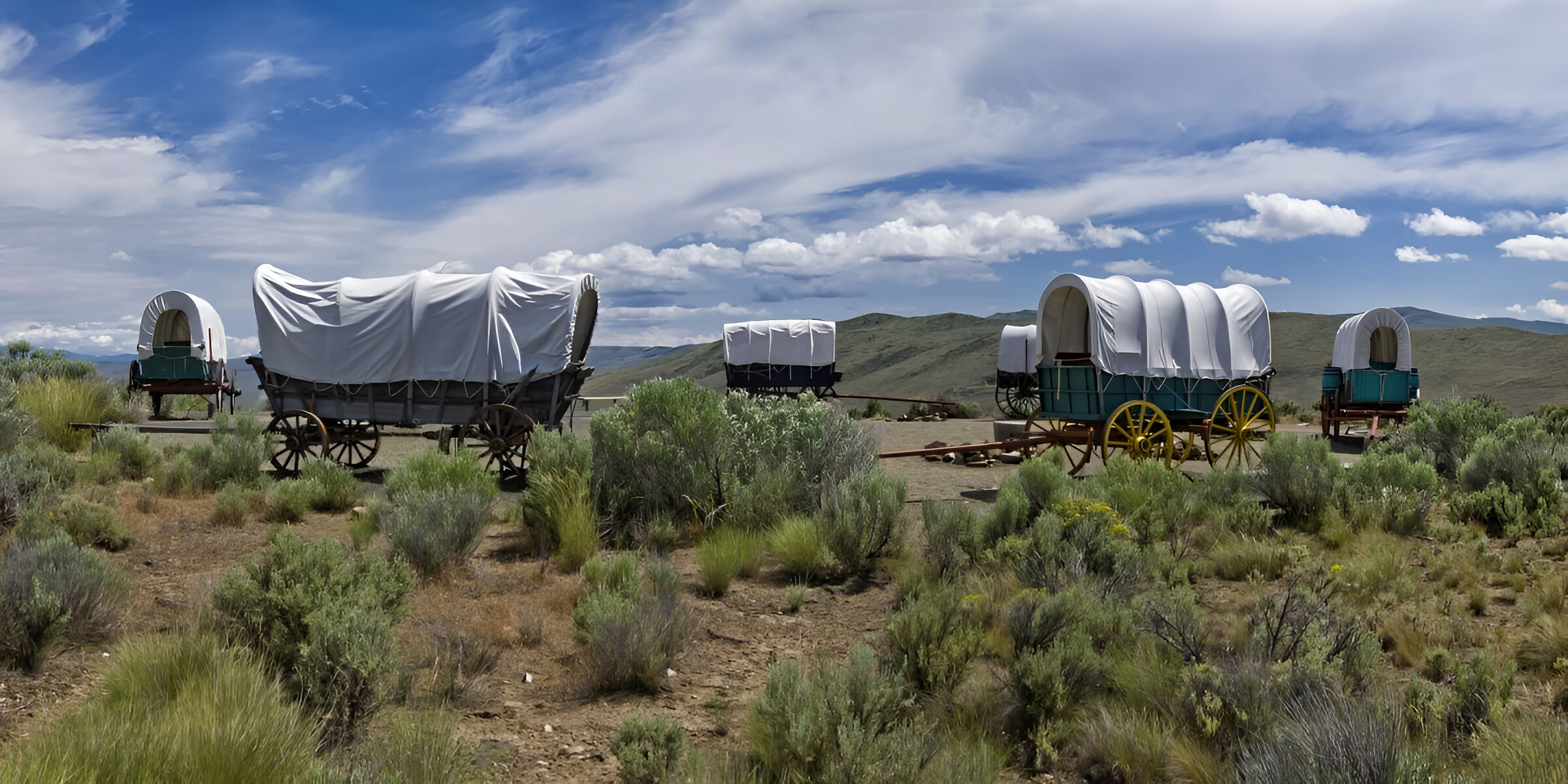Hidden Trading Routes Of Wyoming’s Oregon Trail

Have you ever wondered about the hidden trading routes of Wyoming's Oregon Trail? This historic path, known for its role in westward expansion, holds many secrets beyond the well-trodden main route. Traders, trappers, and pioneers used lesser-known paths to navigate the rugged terrain, creating a network of trails that crisscrossed the landscape. These hidden routes were vital for trading goods, finding water sources, and avoiding conflicts. Exploring these paths offers a glimpse into the daily lives and challenges faced by those who ventured west. Join us as we uncover the fascinating history and untold stories of Wyoming's Oregon Trail.
Hidden Trading Routes of Wyoming's Oregon Trail
The Oregon Trail is legendary for its role in American history. However, many don't realize the hidden trading routes that crisscross Wyoming, offering a glimpse into the past. These routes were vital for trade, survival, and the spread of culture. Let's uncover some of these lesser-known paths.
1. Fort Laramie
Fort Laramie served as a major trading post and military outpost. It was a bustling hub where traders, trappers, and Native Americans exchanged goods. The fort's strategic location made it a key stop for those journeying westward.
2. South Pass
South Pass was a crucial gateway through the Rocky Mountains. This natural corridor allowed wagons to pass through the mountains with relative ease. Traders used this route to transport goods between the eastern United States and the western territories.
3. Fort Bridger
Fort Bridger, established by Jim Bridger and Louis Vasquez, became a vital resupply point. It offered essential supplies and services to travelers on the Oregon Trail. The fort also facilitated trade with Native American tribes in the region.
4. Independence Rock
Independence Rock, known as the "Great Register of the Desert," was a landmark for pioneers. Many travelers carved their names into the rock, leaving a record of their journey. The site also served as a meeting point for traders and trappers.
5. Fort Hall
Fort Hall, originally a fur trading post, later became a key stop on the Oregon Trail. It provided supplies and rest for weary travelers. The fort's location near the Snake River made it an ideal trading spot.
6. Green River Rendezvous
The Green River Rendezvous was an annual gathering of trappers, traders, and Native Americans. Held in the Green River Valley, this event was a major trading fair. Participants exchanged furs, goods, and stories, creating a vibrant marketplace.
7. Fort Casper
Fort Casper, originally named Platte Bridge Station, was a military post and trading center. It played a significant role in protecting travelers and facilitating trade. The fort's location near the North Platte River made it a strategic point.
8. Sweetwater River
The Sweetwater River was a vital water source for travelers on the Oregon Trail. Its banks provided a place to rest, trade, and replenish supplies. The river's gentle flow made it a preferred route for many pioneers.
9. Fort Bonneville
Fort Bonneville, also known as "Fort Nonsense," was established by Captain Benjamin Bonneville. Although short-lived, it served as a trading post and military outpost. The fort's location near the Green River made it a strategic trading point.
10. Devil's Gate
Devil's Gate is a natural rock formation that served as a landmark for travelers. The narrow gap in the rocks was a challenging passage but offered a direct route. Traders and pioneers often stopped here to trade and rest.
11. Fort John
Fort John, later renamed Fort Laramie, was another key trading post. It provided supplies, protection, and a place to trade goods. The fort's strategic location made it a vital stop on the Oregon Trail.
12. Wind River Range
The Wind River Range offered a challenging but rewarding route for traders. Its rugged terrain and abundant resources made it a valuable area for trade. Many trappers and traders navigated this range to reach new markets.
13. Fort St. Vrain
Fort St. Vrain, located near the South Platte River, was a significant trading post. It facilitated trade between settlers, Native Americans, and trappers. The fort's strategic location made it a key stop on the trading routes.
14. Bear River
Bear River was another important waterway for travelers. Its banks provided a place to rest, trade, and replenish supplies. The river's gentle flow made it a preferred route for many pioneers.
15. Fort Supply
Fort Supply was established to provide supplies and protection for travelers. It served as a trading post and military outpost. The fort's location near the Green River made it a strategic trading point.
Discovering Wyoming's Hidden Trading Routes
Exploring Wyoming's Oregon Trail trading routes reveals a rich history. These paths, once bustling with pioneers, traders, and Native Americans, offer a glimpse into the past. Visiting landmarks like Fort Laramie and Independence Rock brings stories of adventure and survival to life. The Sweetwater River and South Pass were crucial for travelers, providing water and a manageable route through the Rockies. Today, these sites are perfect for history buffs and outdoor enthusiasts alike. Hiking, camping, and guided tours make it easy to experience the trail's legacy. Understanding these routes helps appreciate the challenges and triumphs of those who traveled them. Whether you're a history lover or just looking for a unique adventure, Wyoming's hidden trading routes on the Oregon Trail offer a memorable journey through America's past.

